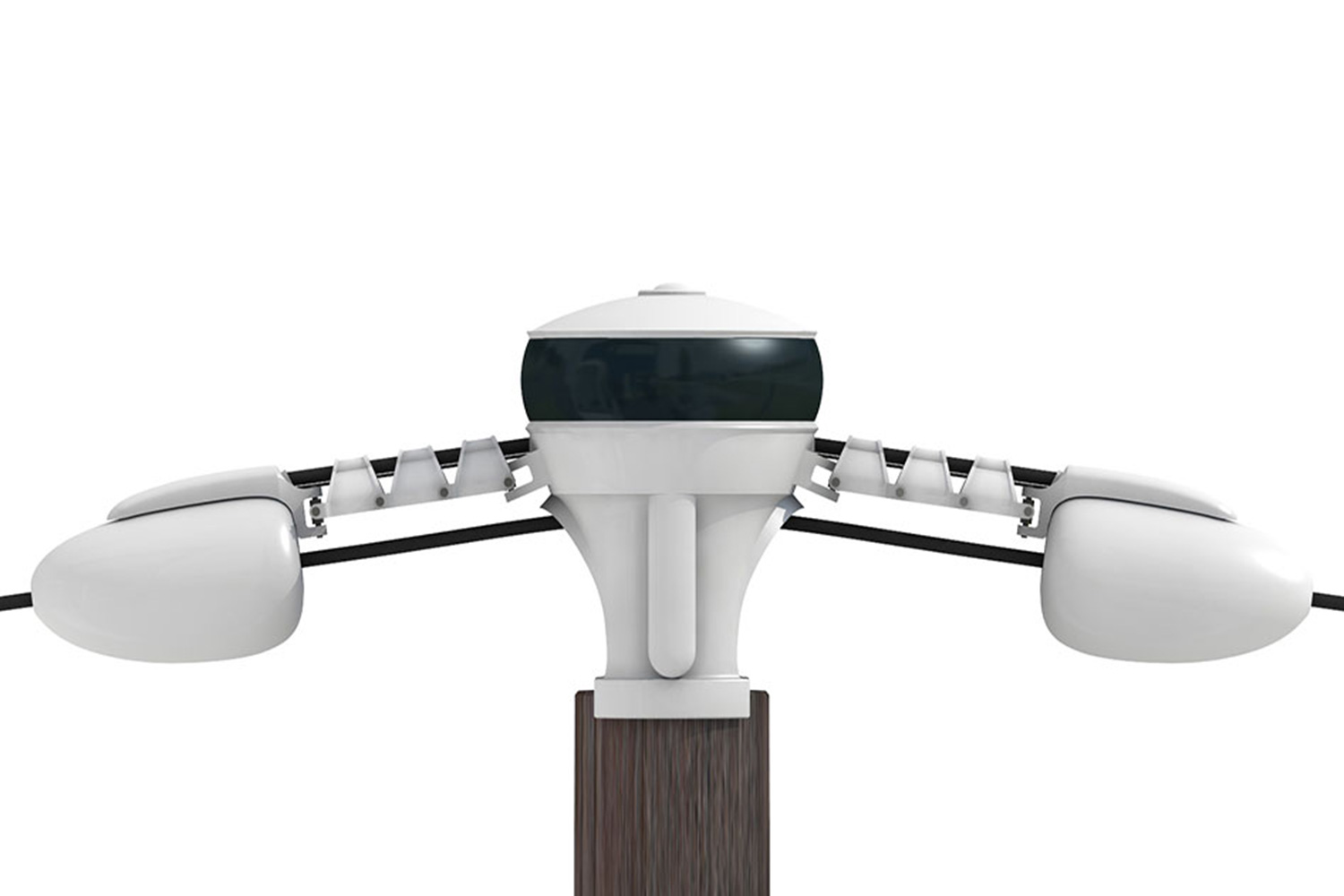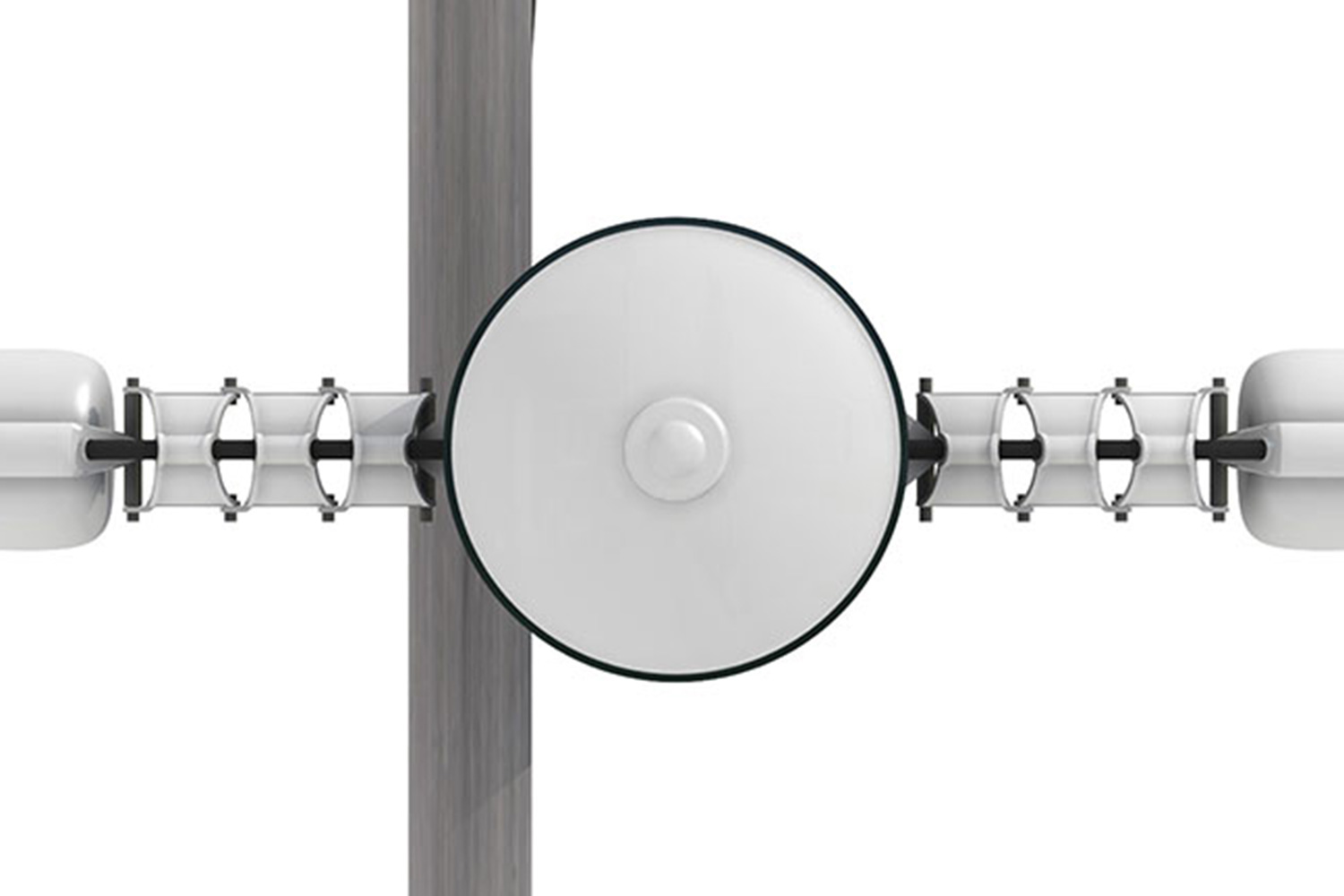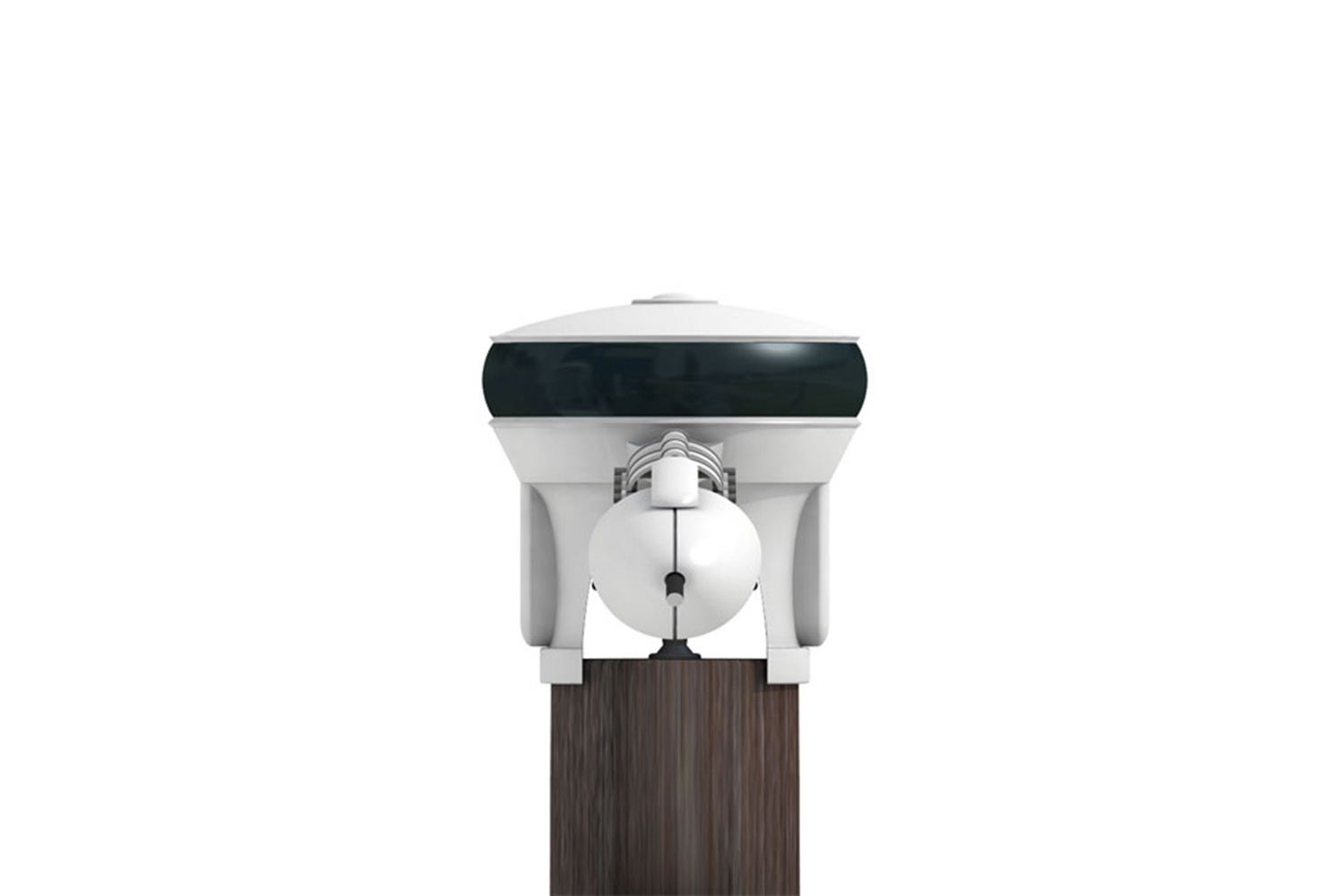While they work fine for providing landline voice services, a good deal of those copper lines aren’t capable of providing high-speed internet connectivity. AT&T is therefore on the lookout for other technologies to provide high-speed internet to augment its investments in fiber, and its Project AirGig is one that will be getting some attention going forward.
Project AirGig, which the company announced in September 2016, uses power lines to send signals that are then transmitted to customers via antennas mounted on utility poles. According to the company, the technology can offer multi-gigabit connectivity for both internet and smartphone data.
The broadband-over-power lines (BPL) technology at the heart of Project AirGig was developed by AT&T Labs, along with other innovations including the Radio Distributed Antenna System (RDAS). Now, AT&T is close to being ready to begin trials.
The need for improved internet speeds is growing exponentially, with video streaming leading the way as the principle consumer of internet bandwidth. According to AT&T’s research, data use has increased by 250,000 percent since 2007, and 4K mobile video streaming, augmented and virtual reality, autonomous vehicles, and smart homes will do nothing but increase the demand for data.
Andre Fuetsch, AT&T Labs president and CTO, has provided this related statement:
“We are looking forward to begin testing the possibilities of AT&T Labs’ invention for customers and utility companies. AT&T is focused on delivering a gigabit-per-second speed everywhere we can with our wired and wireless technologies. Project AirGig represents a key invention in our 5G Evolution approach. AT&T Labs is ‘writing the textbook’ for a new technology approach that has the potential to deliver benefits to utility companies and bring this multi-gigabit, low-cost internet connectivity anywhere there are power lines — big urban market, small rural town, globally.”
Next up are field trials to demonstrate how well Project AirGig works with power company smart-grid technologies, as well as to test against inclement weather and other issues that could impact the technology’s performance. AT&T isn’t giving up on fiber and its G.fast advanced DSL, either, and so Project AirGig is just one of a number of methods AT&T plans to use to roll out faster internet to its customers.
If you’re an AT&T customer and you’re unhappy with your internet connection, take heart. While it might not happen tomorrow, the company is working on some technologies that should help to improve your situation in time.



